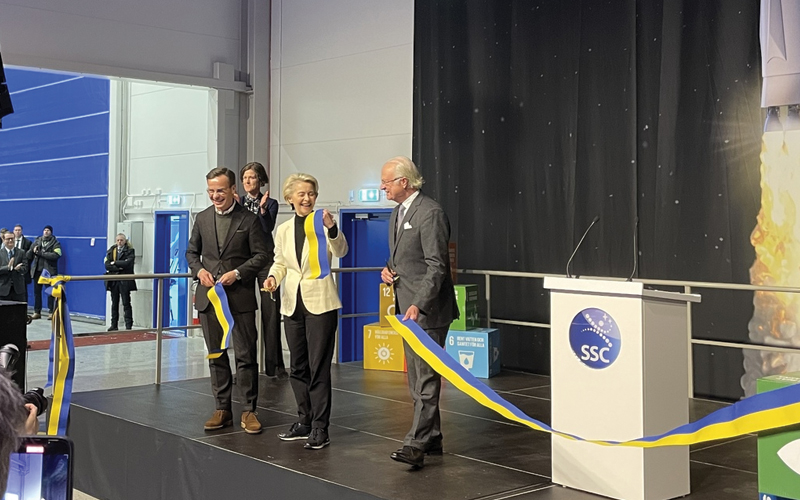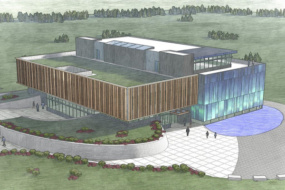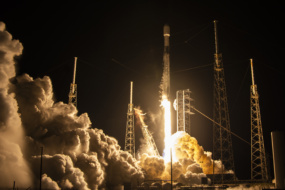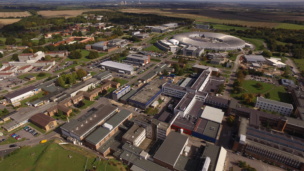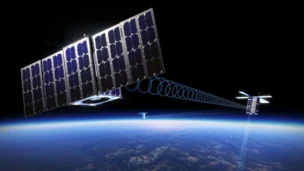The Swedish Space Corporation completed the inauguration of its Esrange orbital launch facility today with a ribbon-cutting ceremony.
The ceremony was attended by Swedish and European dignitaries, including the King of Sweden, Carl XVI Gustaf; President of the EU Commission, Ursula von der Leyen; and Swedish Prime Minister Ulf Kristersson. The trio concluded the short ceremony by cutting a yellow and blue ribbon.
“It’s a big moment for Europe,” said von der Leyen during a short address prior to the ribbon cutting. “It’s a big moment for Europe’s space industry. The first orbital launch site on the European mainland. This spaceport offers an independent European gateway to space. It is exactly the infrastructure we need not only to continue to innovate but also to further explore the final frontier.”
An uncertain future
Although Esrange is the first European mainland orbital launch facility to be completed, there is currently a distinct lack of providers interested in launching from the facility.
In 2020, both Rocket Factory Augsburg and Isar Aerospace from Germany signed agreements to test at the Esrange spaceport, seemingly weighing the possibility of a future launch from the facility. Since then, however, both companies have selected multiple other launch facilities to host flights.
ArianeGroup is the only company currently planning to launch from the Esrange. The European rocket builder will complete the first hop tests of its Themis reusable booster demonstrator there. The first hop is only expected to take place in 2024. Once the first handful of tests is complete, the booster will be moved to Guiana Space Centre for higher altitude test flights.
In contrast, SaxaVord in Scotland, Cornwall in England, and Andøya in Norway, the three other spaceports either under construction or beginning operations in Europe, have each signed launch facility contracts with multiple operators.
The Swedish government has invested 150M Swedish krona (approximately $14.4M) into the development of the facility’s testing capabilities and orbital launch infrastructure. It is currently unclear if the country will see any return on that investment.
